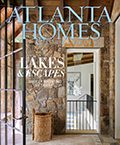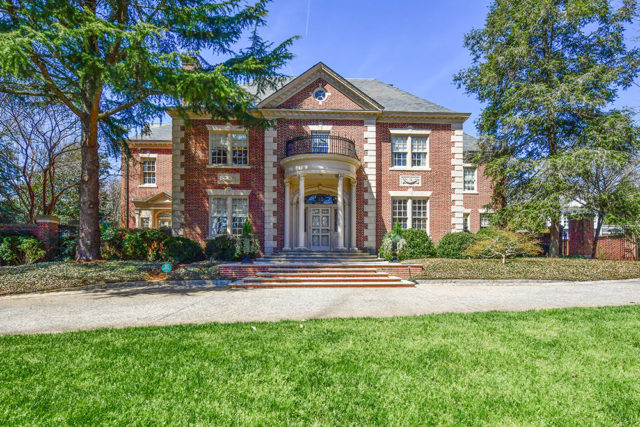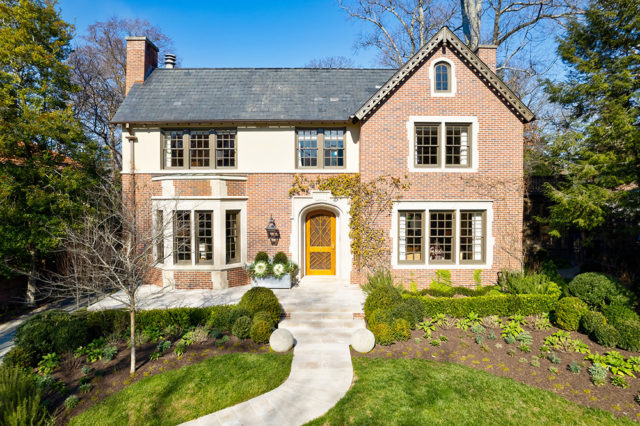Honoring the Past

Andrew Cogar, president of Historical Concepts, shared best practices and hidden challenges for historic restorations and renovations.
Understand the historical context: Research is crucial to be knowledgeable stewards of the home. “When someone buys a historic home, rarely are they buying something that’s built once and never been touched again,” he says. “What era or what period do you pick, because homes evolve over time.”
Understand the floor plan’s original intent: Examine the layout rather than chase an aesthetic. For example, early 1900s kitchens with butler’s pantries and larders have circled back to modern tastes. “It needs to be first and foremost about functionality and use of the house,” he says.
Understand the state of affairs: Plumbing, heating and air conditioning are potential land mines. With today’s high-performing doors and windows, improving certain components, but not the whole, can create problems.
by the NUMBERS
Historic listings (on the market as of June) include two 1920s properties by architecture firm Pringle and Smith, co-founded by Francis Palmer Smith, designer of The Cathedral of St. Philip and once head of Georgia Tech’s College of Architecture.
$5.575M
A 9,557-square-foot renovated Georgian manor in Buckhead has six bedrooms, an antique brick and limestone exterior, and amenities such as a pool, tennis court and guest house. Listed by Travis Reed with Home Luxury Real Estate.
$3.995M
A renovated English Vernacular Revival home in Ansley Park has four bedrooms with details such as five fireplaces and an original copper hood. The 5,386-square-foot property is listed by Erin Yabroudy & Associates with Harry Norman, Realtors.








